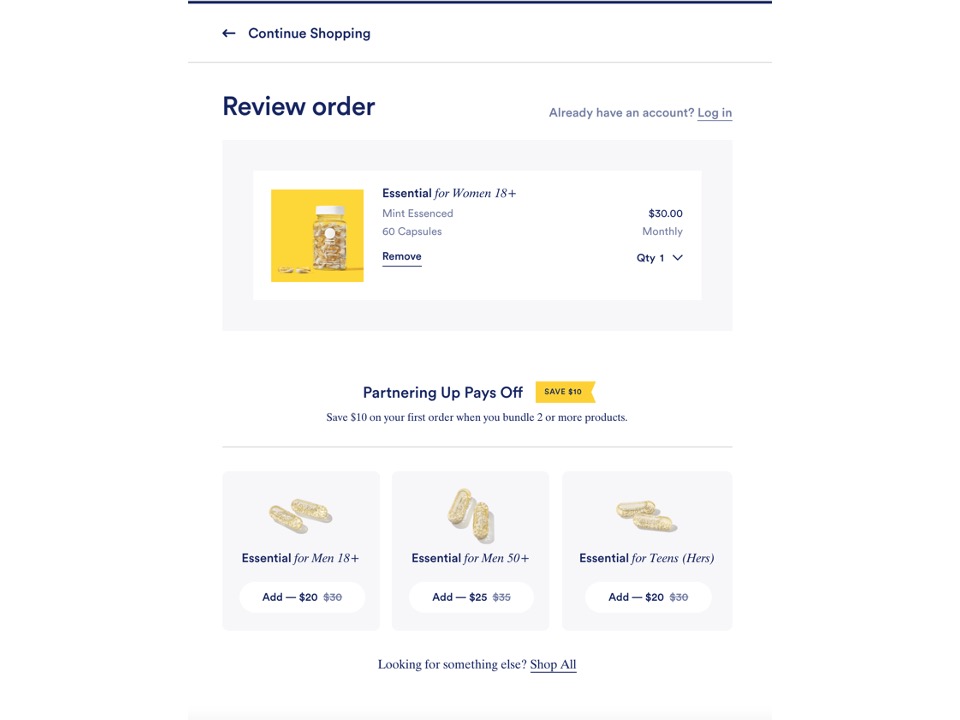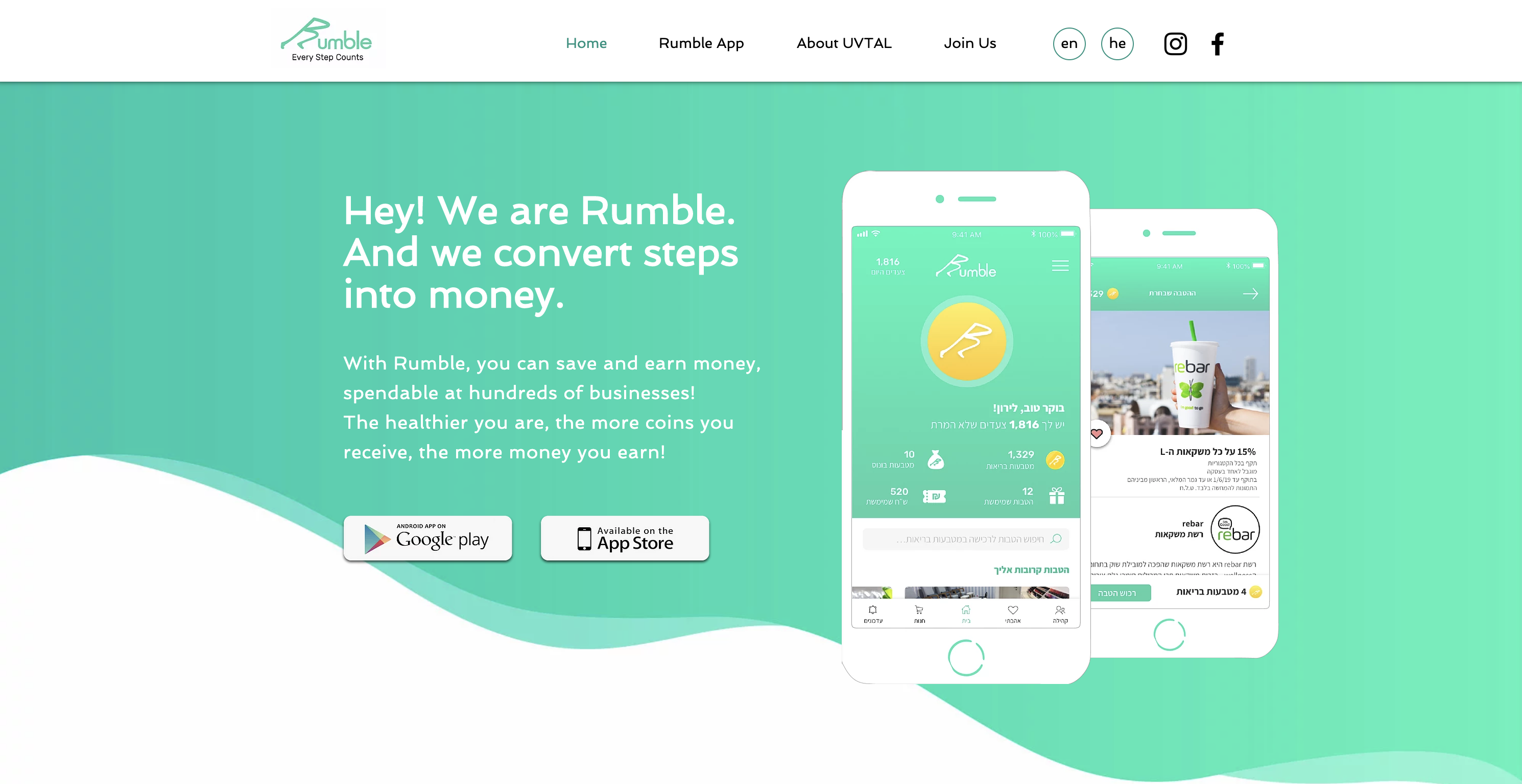Popular Use Cases for Real-Time Analytics
May 21, 2021

In 2008, Dominos Pizza released its pizza tracker so that fans could monitor in real time if their pizza was in the oven or out for delivery. By 2019, 65% of Dominos’ sales came through digital channels including home devices and emoji texts, reimagining the brand for the digital era.
The Dominos’ Pizza Tracker is the quintessential example of real-time analytics. The latest data is fed into an algorithm that spits out the live order status to pizza lovers. It enabled the brand to go viral and showed that investments in real-time big data analytics attracted customers (and made for pretty cool commercials).

Dominos was ahead of the curve in 2008. Now, real-time analytics is becoming the norm. E-commerce companies use real-time analytics to personalize experience, supply chain companies use real-time analytics to optimize logistics routes, security companies use real-time analytics to detect threats and the list of real-time analytics use cases goes on.
While real-time analytics is in demand, it’s not without its challenges in implementing. Delivering real-time analytics requires meeting two technically challenging requirements:
- low data latency: the time between when data is received and when it’s available to query
- low query latency: the time it takes for the query to process and deliver results
The existing data systems in play today will struggle to hit these performance requirements when tasked with complex analytical queries at scale. In this blog, we’ll walk through real-time analytics use cases and some of the continual challenges on the implementation front.
What Real-Time Analytics Is Useful For
There are a few factors driving the demand for real-time analytics:
- Seamless user experiences: Analytics is becoming ingrained in the application experience, helping users to take desired actions in products. Analytical features need to be a seamless experience and have the same snappy, responsive attributes as the rest of the application.
- Engaging and personalized experiences: Users want engaging, customized experiences that help them feel understood and socially connected.
- Data-driven decision making: Users want to drill down into the data, identify an insight and take action. The time between data and action is diminishing, leading to greater productivity.
Personalized Experiences
McKinsey predicts that personalization will be the leading factor of marketing success in the next five years (McKinsey- Future of Personalization). Yet, many companies are still at the tip of the iceberg on implementing personalization. They may have picked a few elements to invest in- content recommendations, shopping cart promotions, etc.- but have not been able to create end-to-end personalized experiences that reflect customer empathy.
That’s because many marketers are held back by challenges with their data stack. For example, delivering real-time personalization based on a user’s activity over the last 5 minutes, and while the user is still on the site, is still beyond the reach of many organizations. And, many companies struggle with aggregating the numerous customer touchpoints- in-store, on-site, support interactions, marketing interactions, etc.- to drive better personalized experiences across channels.
Companies that make even limited investments in personalization are seeing the results. Retail brands that have adopted personalization increase customer satisfaction 20% and conversion rates 10-15% (McKinsey- Personalizing the Customer Experience).
Ritual, a health-meets-technology company, effectively monetized new product lines by implementing personalized banner ads, targeted bundled offers and email campaigns. Target has been well-known for creating an algorithm to predict pregnancy, offering expectant parents coupons to increase long-term spending with the brand.

Ritual’s cart checkout experience featuring personalized upsell offers.
The success of personalization in the retail industry is rippling through larger consumer and B2B marketing, leading to more engaging and customized user experiences. A key ingredient in unlocking personalization is a data stack that can act on real-time data from multiple, disparate sources.
Security Analytics
The State of Cybersecurity Report 2020 found that the average cost per cyberattack was $380,000 with an average of 22 attacks per year.
While an astonishingly expensive number, there was a silver lining in the report. Companies that reduced detection and response times and changed attack profiles could see those costs reduced by 72% (Accenture). Time is of the essence when combating cybersecurity breaches. Investing in real-time technologies to help detect and respond to threats across the entire ecosystem is key.
Many security analytics solutions struggle to process and analyze massive streams of data from IoT devices, user endpoints, on-premise and cloud-based servers and more. That’s because many data stacks have not been designed for achieving low data latency at massive write rates. Retrofitting these stacks for low data latency is no easy task and requires significant operational overhead.
Security solutions are also seeing users demand an ability to dig into the data to better understand the risk to the organization. Algorithms can flag potential issues but many times organizational context will help to determine the best course of action. That means security teams need solutions that can give them ad-hoc analysis so that they can ask a wide range of questions to help with mitigation efforts. This can be challenging as many real-time data stacks were not designed for ad-hoc analytics and require time-consuming performance engineering to achieve performant queries.
Real-time analytics is a gamechanger for security teams, reducing the time from detection to resolution. Security analytics solutions that adopt modern data stacks for real-time analytics will have an advantage in the space.
Fleet Management
UPS delivers 21 million packages a day and coordinates shipments across a fleet of 123,000 vehicles on the road. One of the keys to the UPS success was their investment in ORION, a technology system that collects and analyzes data to optimize route choices, track driver behavior and fuel consumption and more. ORION received acclaim for its dynamic route optimization that removed left turns for UPS drivers to reduce traffic accidents. Orion also saves UPS 100 million miles per year helping to drive down fuel costs and carbon emissions.
While UPS had the dollars and scale to build their own fleet management solution, many smaller fleets are investing in technology solutions that can help with predictive vehicle maintenance, dynamic route optimization, end-to-end fleet tracking and more. As a result of these investments, companies are getting end-to-end visibility into their fleets and reducing costs.
Fleet management solutions are technically challenging to build. For example, route optimizations require joining streaming fleet data with third party datasets that relate to the weather, geographical routes, traffic conditions and more. The size of the data, the complexity of the routes, and the time-sensitive use case make dynamic route optimizations a data challenge.
Fleet management solutions are becoming more efficient and predictive with the help of modern data management solutions designed for real-time analytics.
Leaderboard Gamification
Leaderboards have been known to entice competition in games, helping users to stay motivated by seeing how their position in the game relates to other players.
Leaderboards are not exclusive to gaming- many industries will use them to promote behaviors and enhance social connections including in the realms of fitness, finance and the environment. Rumble is an example of a health and wellness company that uses leaderboard gamification to count steps. Users of the application can track their progress against their peers and also unlock awards for hitting step count goals.

Rumble’s leaderboard needs to operate in real time so users can see how their position on the leaderboard changes as they engage in activity. That means the leaderboards need to be up to date with the current game status and user activity as well as calculate scores and rank users on the fly.
To effectively build an engaging social experience, many leaderboards have to go beyond counting the top 10 leaders but to showcase all user positions relative to each other. Many leaderboard features will also give great flexibility to users to track their progress against the entire community, a subsection of followers and, in the case of Peloton, against celebrity cyclists.
Leaderboard gamification can be challenging to build in applications because it needs to showcase the results in real time, consolidate scores across activities, scale to large numbers of users and handle spikes during major events or peak periods. While leaderboards are a challenging real-time big data analytics use case to build, they offer great rewards and create virtual communities that support users in achieving desired goals.
Conclusion
Many companies are investing in real-time analytics and delivering a snappy user experience, engaging product and data-driven insights. They’re overcoming many of the challenges of implementing real-time analytics including:
- Meeting the low data and query latency requirements
- Handling high write rates from streaming data
- Analyzing semi-structured data in modern formats
- Searching, aggregating and joining across large data sets
- Running ad-hoc analysis
- Scaling to 1000s of concurrent queries
The big players, many of whom have been mentioned in this blog, have made significant investments in real-time big data analytics to meet these requirements. UPS, for example, is reported to have had 500 employees build ORION. The reason these players continue to invest is that they see sizable impacts to business metrics including conversion rates, customer loyalty, cost savings and more.
Real-time analytics is becoming mainstream with the help of new, emerging technologies like Rockset. Rockset is a real-time indexing database that makes building data applications fast, flexible and easy. Learn more about using Rockset for your real-time analytics use cases.
Image from GIPHY